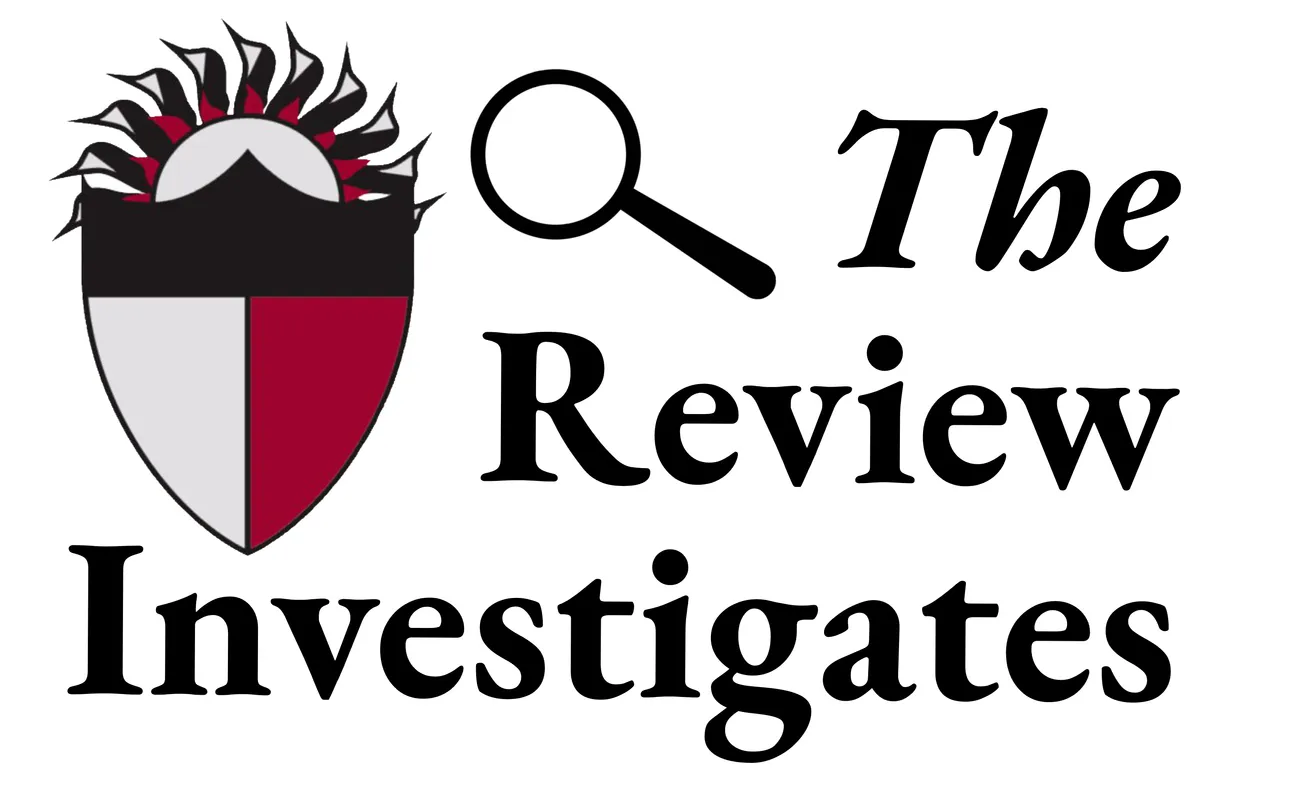Table of Contents
On Tuesday in the US District Court for Eastern California, Eric and Patricia Castaneda were charged in a scheme to steal and then sell millions of dollars worth of Stanford laptops for personal gain.
The charging documents allege that from 2016 to 2019, Eric Castanada sold hundreds of stolen MacBooks, which he procured through his sister Patricia, an administrative employee at Stanford. A Review investigation has found that Patricia AKA “Patty” Castaneda managed the Dean of H&S’s technology budget and held the position of “web project manager” at Stanford. In her role in the Dean’s office, Patty Castaneda purchased over $2 million in Apple laptops - approximately 800 - which she falsely claimed were for use by faculty and staff. In fact, she gave the laptops to her brother, who then sold them to a third, unnamed conspirator in Folsom, California. Mr. Castaneda faces up to five years in federal prison for selling stolen goods across state lines.
The Review has long documented the absurd level of spending on and by college administrators. Stanford spends almost $1 billion annually on administrative salaries - a figure which does not even account for these administrators’ ever-expanding budgets. As former Editor-in-Chief Andrew Friedman noted in 2018, Stanford “employs 14,448 non-teaching employees, more than double the 6,769 it had on the payroll in 1984.”
A conspiracy such as this one isn’t a traditional case of administrative bloat, but it exposes the same problem: millions of dollars in University funds regularly disappear inside the Stanford bureaucracy, under the guise of “administrative costs,” with no trace and no accountability. Theft and fraud in the legal sense may not be routine at Stanford, but the waste and abuse of funds most certainly are. Stanford should recognize this scandal as an opportunity to enact serious reforms that would direct spending away from administrators and towards faculty and students.
The Review calls on Stanford, and the School of Humanities and Sciences to publicly answer the following questions:
- How and when did Stanford learn about this scheme?
- How did 800 laptops purchased for faculty and staff disappear without notice?
- What steps will Stanford take to prevent further abuse by administrative staff, and to ensure that University funds are being wisely spent to promote education and research?
In a sign that the problem reaches beyond Stanford, prosecutors alleged in a related case filing on Tuesday that a similar scheme took place at “a public University in Berkeley, California.”









